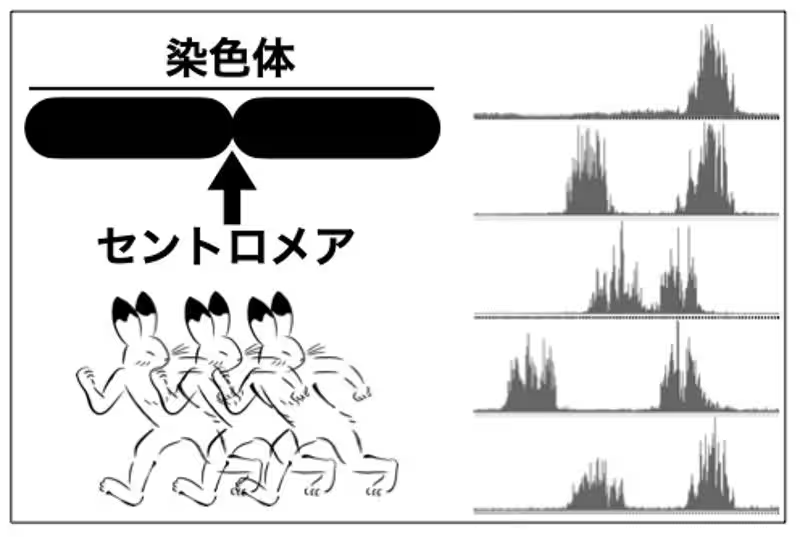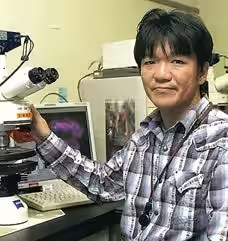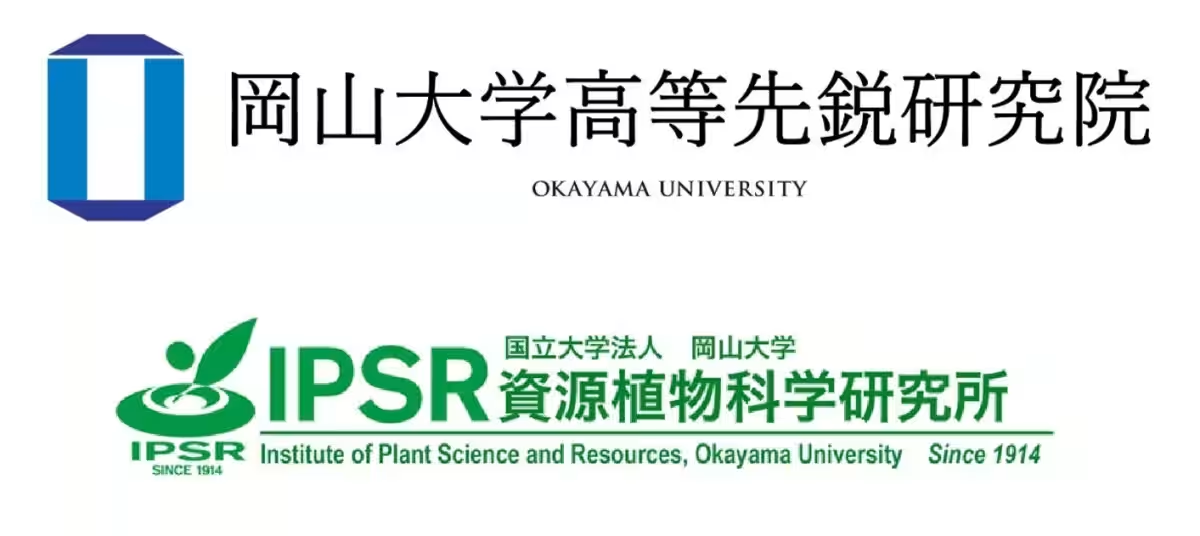

Groundbreaking Discovery: Centromeres Move in Onions, Challenging Established Beliefs
Groundbreaking Discovery: Centromeres Move in Onions
A recent study from Okayama University has stirred excitement in the field of plant genetics by uncovering unexpected dynamics in the behavior of centromeres, traditionally thought to be static structures within chromosomes. Researchers have demonstrated that the centromeres in onions frequently change their positions, representing a significant departure from long-standing scientific dogma.
What is a Centromere?
The centromere is a crucial part of a chromosome that plays a vital role in the proper segregation of chromosomes during cell division. Previously, centromeres were believed to remain fixed at specific positions on chromosomes, serving as landmarks for identifying chromosome structure and function. The study led by Associate Professor Kiyotaka Nagaki and Professor Koichiro Ushijima involved a detailed analysis of multiple varieties of onions, garlic, and leeks to explore the positions of centromeres among these species.
Key Findings of the Research
During their investigative research, the team made two groundbreaking observations:
1. Movement of Centromeres in Onions: Contrary to previous beliefs, it was found that the centromeres in onions are actively moving rather than remaining in fixed locations. This mobility has been observed not only across different varieties of onions but also within individual plants, indicating that centromere positions can vary significantly.
2. Garlic’s Gigantic Centromeres: The research also revealed that garlic possesses the largest centromeres recorded to date, further highlighting the diversity and complexity of centromere structures among plant species
These groundbreaking findings were published in the esteemed journal _The Plant Cell_ on June 10, 2025, and are expected to catalyze new research directions within plant biology.
The Impact of This Discovery
The implications of this research are profound. The revelation that centromeres can relocate challenges a fundamental aspect of chromosome biology, similar to the shift in perspective that occurred with the acceptance of heliocentrism in astronomy. High school biology classes often discuss centromeres as static features, so these new findings may prompt a reevaluation of educational materials and teaching methods surrounding genetics and cell biology.
Understanding the reasons behind centromere movement and investigating whether this phenomenon occurs in other organisms are critical next steps for the research team. The possibility of identifying species with even larger centromeres than garlic also offers exciting avenues for exploration.
Moreover, the research opens up potential applications in plant breeding and genetic engineering. Future studies could address the feasibility of manipulating centromere positions artificially, which could lead to enhanced crop varieties with desirable genetic traits.
A Reflection from the Scientist
Associate Professor Kiyotaka Nagaki expressed his astonishment, stating, "Since my student days, I was taught that centromeres are static landmarks. To discover that these markers, much like the North Star, are in constant motion prompted me to think, 'E pur si muove' (And yet, it moves)."
Conclusion
As researchers continue to delve into the complexities of centromeres, the discovery of their movement in onions and the extraordinary size of garlic’s centromeres is likely to shift the paradigm in plant genetics. This research not only enriches our understanding of chromosome behavior but also poses intriguing questions for future studies, promising advancements in agricultural science and genetic research.
For further details on the research, you can access the publication here. Additionally, more information about the Okayama University resources and research initiatives can be found on their official website.









Topics Other)










【About Using Articles】
You can freely use the title and article content by linking to the page where the article is posted.
※ Images cannot be used.
【About Links】
Links are free to use.